Statements
Please find our latest statements below.
Advance Illinois Statement on Governor Pritzker’s FY26 Budget Proposal
In the face of a budget deficit and an environment of challenge and great uncertainty at the federal level, we recognize the difficult decisions that leaders are facing and appreciate the Governor’s focus on fiscal responsibility and stability, which help anchor progress over time. Today’s proposal by the Governor represents a restrained but ongoing commitment to Illinois’ education system and the children, students, and families it serves. That said, we are honor-bound to address important remaining needs and gaps.
"While we understand the complexities of this year’s environment and recognize the Governor's commitment to young children and students, we hope the General Assembly will build on this proposal to sustain the educational progress the state has made to ensure our students can thrive,” said Robin Steans, President of Advance Illinois.
It is good news that the Governor remains committed to the Evidence-Based Funding formula (EBF), and we are pleased to see some modest increased investments across the B-20 continuum. That said, the proposal leaves some important gaps and needs unaddressed. Were the proposed budget to pass unchanged, it would challenge Illinois’ ability to support every child and student and maintain the steady progress the state has made toward a system of equitable, high-quality education. We cannot let up on strong investments now.
On Proposals for Illinois’ Early Childhood System
We applaud the Governor’s recommendation of $160 million to meet the growing demand for the Child Care Assistance Program (CCAP), the increase of $10 million in Early Intervention to support rate enhancements for providers (though more is needed), and his continued support for the new Illinois Department of Early Childhood (IDEC) with a $7 million increase. Unfortunately, the Governor’s recommendation pauses new investments in the Early Childhood Block Grant (ECBG), which would limit the state’s ability to expand and improve quality for Preschool for All programs and prevention initiative, programs necessary to ensure our youngest learners are prepared to be successful in kindergarten and beyond.
We are delighted that the Governor is recommending a $90 million increase in the Smart Start Workforce Grants to replace expired federal covid relief funding. Unfortunately, the Governor’s recommendation misses a critical opportunity to meet extremely high demand for the Early Childhood Access Consortium for Equity (ECACE ) scholarship program that helps grow the ECEC workforce. With the current $5 million appropriation, just 666 students received the scholarship this year, leaving out roughly 2,300 educators who applied, and limiting the state’s ability to grow the workforce fundamental to Illinois’ system of care and education for its youngest learners.
Needs for Our Educator Workforce
Over the last five years, the state has worked hard to invest in programs that build a stronger, more diverse teacher pipeline. While the Governor recommends level funding for key scholarship programs like ECACE, the budget fails to include essential teacher and principal mentoring programs. These programs, established with ESSER funds, cannot survive without state support, leaving new educators without crucial early career supports – supports that have been shown to increase effectiveness and retention. Worse still, if we cut these programs now to help balance this year’s budget, it will be difficult, if not impossible, to rebuild the program once we’ve lost the infrastructure. This pattern of stopping and starting key programs is neither good for educators nor the state.
K-12 Funding – Evidence Based Funding Formula
The Governor’s proposed $350 million increase in Evidence-Based Funding (EBF) for Illinois schools represents a continued commitment to more fully and equitably funding our K-12 system. We acknowledge and appreciate the significance, even as we know that our students need more. The 2024 Nation’s Report Card (NAEP) scores provide evidence for this need, with the gap between the lowest-performing and top-performing students in Illinois in reading and math persisting and even widening; more of our state’s attention is needed. EBF plays a critical role in Illinois’ ability to interrupt this trajectory by directing new resources to the school districts and students that need them most.
And while EBF investment is needed, its impact would be diminished by the increased proration of Mandated Categoricals proposed in this budget. These are key funding streams that reimburse districts for required expenses such as transportation, special education services, and school meals. Several of these programs have been underfunded for years – the Governor’s proposal would take the overall underfunding of these programs from approximately $380 million in FY25 to nearly $550 million in FY26. This means districts will have to use EBF dollars in order to continue funding these mandatory services – effectively reducing the impact of EBF increases.
Supporting the Needs of the Whole Child
Our schools will also be directly impacted by reductions to programs that foster healing-centered, trauma-informed practices in schools. While the budget proposes the same total state investments in REACH and SEL Hubs for FY26, these programs currently leverage both federal and state dollars, but will need to rely solely on state funds moving forward. REACH, in particular, supports schools across the entire state and simply cannot continue at scale without additional funding. Thanks to the smart investments we have made in REACH and SEL Hubs over the past several years, Illinois is on a path to more systemic mental health and well-being programs for students and families. Now is not the time to reduce these critical services for schools.
Proposed Investments for Higher Education
Although we applaud the administration's continued support of the Monetary Award Program (MAP), the proposed increase of $10M is not enough to ensure that all students have access to an affordable postsecondary pathway. College affordability remains the number one barrier to postsecondary enrollment and completion – and at the current rate it is unlikely that all eligible applicants will continue receiving a grant. This will further exacerbate financial burdens for students across the state, effectively pricing out more students at a time when postsecondary degrees are increasingly important in employment and earning a living wage. On the institutional side, the Govenor proposes a 3% increase for higher education, using the state’s status quo funding approach – a system that we know is inequitable in its distribution and inadequate in the funds needed. We now know our public universities are nearly $1.4B underfunded after nearly two decades of disinvestment by the state. Without a change in how we fund the state’s public universities, and the amount we invest on an annual basis, students face another year of attending institutions with dramatically disparate resources. This disparity plays out in differences in the services and supports students receive, and, by extension, their ability to persist and complete their degree.
But we can do better. The Adequate and Equitable Funding Formula for Public Universities, as proposed by Senate Majority Leader Kimberly A. Lightford’s and Representative Carol Ammons’s SB13/HB1581, would transform higher education funding for the state, sending increased investments to our institutions, and prioritizing those universities and students furthest from adequacy. Grounded in recommendations by the Commission on Equitable Public University Funding, this student-centered formula is grounded in more than two years of research into evidence-based, impact-driven practices that work to support student persistence.
At a time when actions and communications from the new White House administration signal an adversarial posture toward research-based school and campus programs and practices used to level a playing field that has historically been structured to exclude and under-resource marginalized students, it is critical that our state stands firm on its commitment to promoting an inclusive economy by making the right decisions today. The choices that lie ahead, regardless of the budget environment, must be ones that prioritize removing systemic barriers so that every student can realize their potential and use their skills and talents to contribute to Illinois’ future health, vibrance, and vitality.
We appreciate the Governor’s historic and ongoing commitment to a strong education system for the state and the decisions he and our lawmakers must consider amid challenging circumstances. That said, more can and must be done for Illinois’ children and students. We now look to the General Assembly to respond to the needs left unaddressed or requiring more support than what is offered in today’s proposal. We encourage them to take advantage of key opportunities to sustain and grow Illinois students’ continued recovery from COVID disruptions, and to support their ability to excel and reach their full potential. Our students need this, and the future of the state depends on it.

